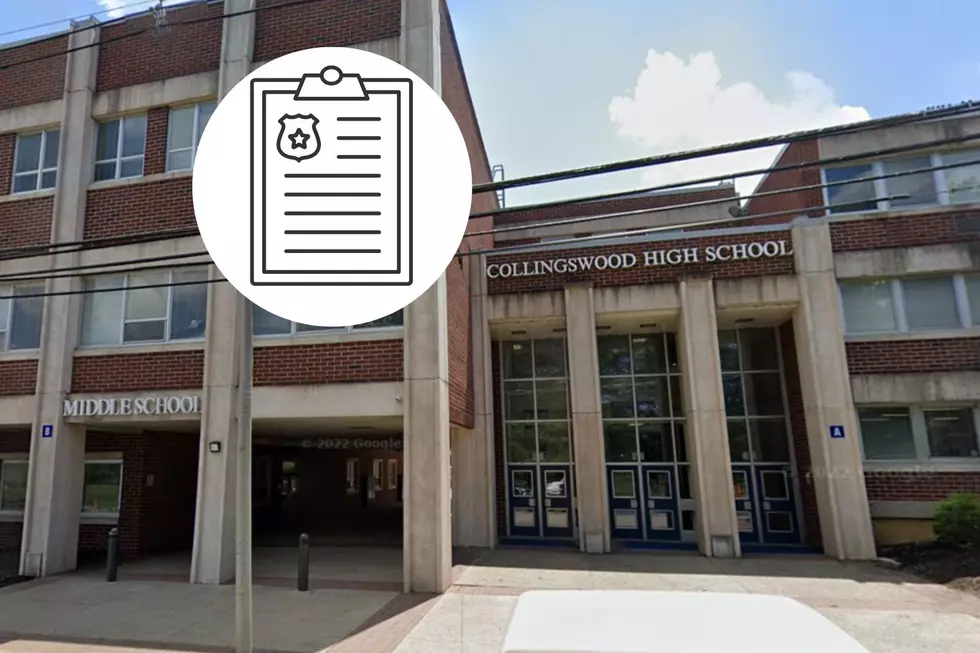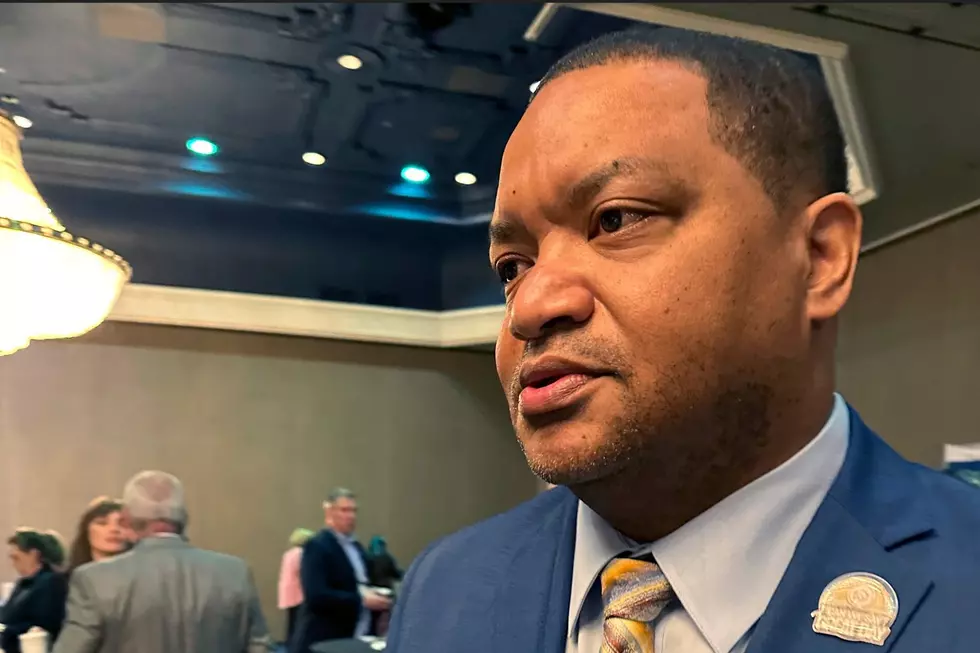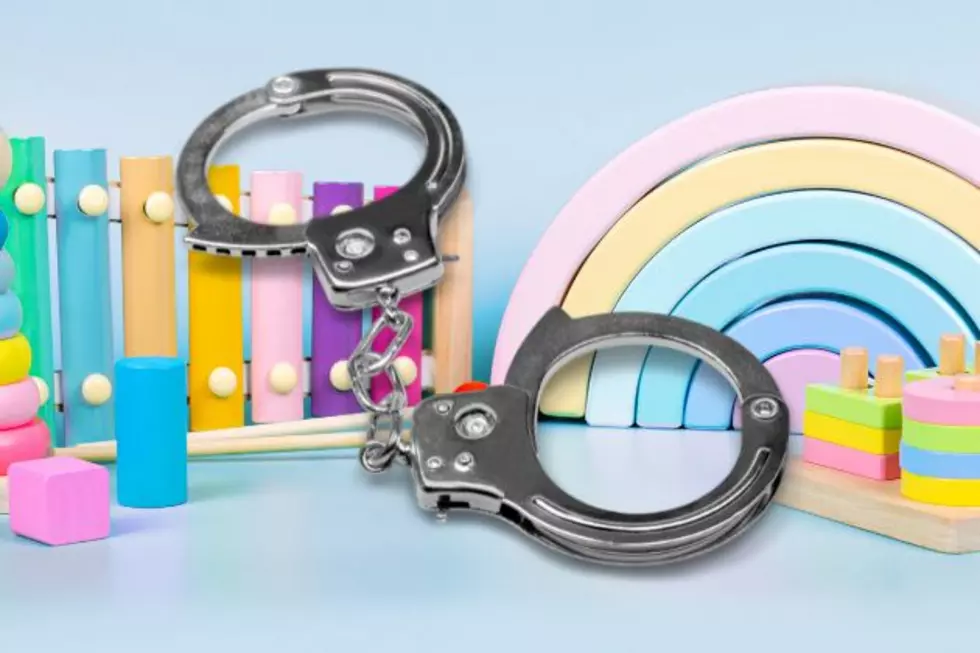
Federal Reserve expected to raise rates
A rate increase is finally coming.
That, at least, is the overwhelming expectation for the Federal Reserve on Wednesday. It would be the first rate hike in nine years. And it would raise the Fed's key rate from a record low near zero, where it's been for seven years.
Yet that won't be the only news from the Fed. And it might not even be the most important. With a rate hike considered a near certainty, investors are more focused on a separate question:
How much and how fast will the Fed likely raise rates further in coming months?
The answer to that may come from the triple-dose of news the central bank will issue Wednesday - a policy statement, economic forecasts and a news conference by Chair Janet Yellen.
Here are five things to watch for:
---
FED'S VIEW OF JOB MARKET
One of the Fed's dual mandates is to maximize employment. The U.S. unemployment rate is at a seven-year low of 5 percent, with monthly hiring consistently solid. Strong jobs figures for November were seen as the final seal for a rate increase.
Still, testifying to Congress the day before the November jobs report was released, Yellen stressed that Fed officials want to see economic growth fuel enough momentum to support additional gains in the job market. Investors will look to see if the Fed spells out what would constitute further gains in hiring to justify more rate increases in 2016.
---
INFLATION OUTLOOK
While the Fed has essentially achieved its employment goal, it hasn't met its other mandate: To keep prices stable by maintaining an inflation target of 2 percent. The problem now isn't that prices are rising too fast. It's that they're rising too slowly.
This is problematic because too-low inflation may signal underlying economic weakness. It can also cause consumers to delay purchases and make debt repayments more burdensome.
The Fed's key inflation gauge has increased just 0.2 percent over the 12 months that ended in October. Testifying to Congress this month, Yellen suggested that inflation was being held back by shrunken energy prices and a higher-valued dollar, which reduces import prices.
Yellen said she expected those effects to fade in 2016 as a stronger job market fuels faster pay raises. If that did occur, Yellen said it would suggest that inflation would rise toward the Fed's 2 percent goal.
The government said Tuesday that a gauge of consumer prices that excludes volatile items like energy and food rose 2 percent for the 12 months that ended in November, a sign that Yellen's expectations for rising inflation might be starting to emerge in the data.
Economists will monitor how much confidence the Fed signals about the likelihood of inflation going higher. Conversely, they will look for any word on how a persistently low inflation rate might affect the pace of future rate hikes.
---
GLOBAL ECONOMIC PRESSURES
The Fed had been expected to start raising rates in September. But that was before China roiled global markets last summer with a surprise devaluation of its currency.
The Fed chose to hold off on hiking rates. Minutes of the Fed's last two meetings show that the policymakers are monitoring overseas economic weakness and a higher-valued dollar, which has hurt American manufacturers by making their goods more expensive overseas.
Investors will be parsing Yellen's words about global economic pressures. They'll also want to see whether she's concerned about problems that could result from a divergence in policy among central banks: Once the Fed raises rates, it will be at odds with some of its counterparts, including the European Central Bank, which are trying to lower rates.
---
HINTS OF FUTURE RATE HIKES.
If the Fed raises rates Wednesday, how explicit might it be about the likely timing of future increases? Yellen is expected to keep the emphasis on a slow and incremental pace for additional hikes. She's rejected the possibility of returning to the formula the Fed used from 2004 to 2006, when it raised its target for the federal funds rate by a quarter-point at 17 consecutive meetings.
Many economists think the Fed will raise rates only three or four times in 2016. Others think the Fed, if it raises rates Wednesday, might wait as late as June before raising them again.
---
IS THE FED UNIFIED?
At one point, many economists thought a Fed hike in December might draw as many as three dissents in the statement the central bank will release when its meeting ends. Those dissents would presumably come from two board members - Lael Brainard and Daniel Tarullo - and Charles Evans, president of the Fed's Chicago regional bank. All three are considered "doves," who tend to be more concerned about unemployment than about potential inflation threats.
But now, many economists think Yellen may achieve unanimity, with even the Fed doves backing a rate increase. She might be able to do so by accompanying a rate hike Wednesday with assurances that the pace of future moves would be modest and gradual and would occur only if the economy further improved.
(© 2015 The Associated Press. All rights reserved. This material may not be published, broadcast, rewritten or redistributed.)
More From New Jersey 101.5 FM









